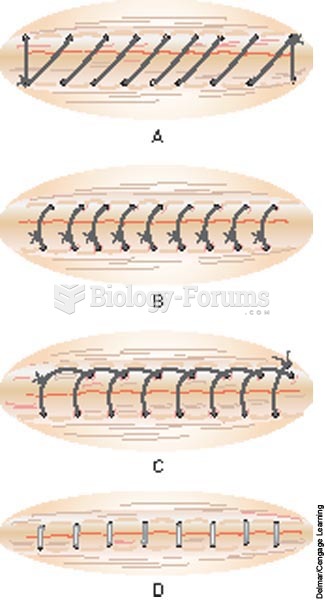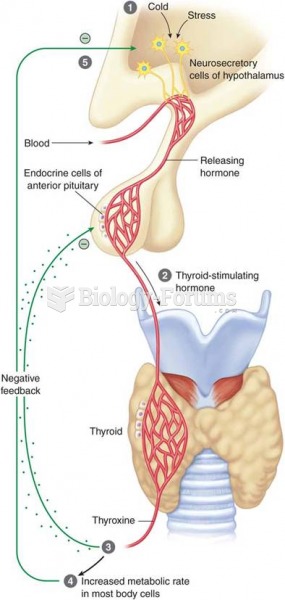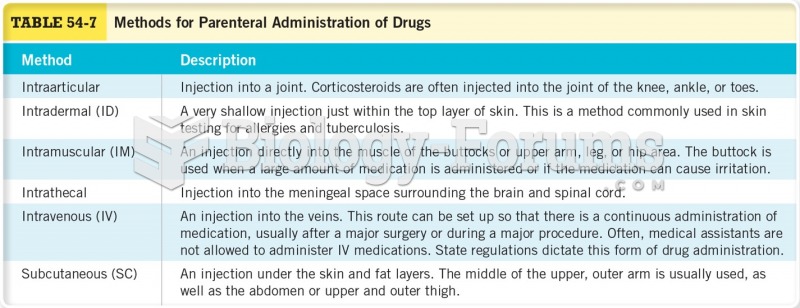Answer to Question 1
Bail is a deposit taken by the Court from the defendant upon release to ensure that they will appear for later proceedings.
Release on recognizance means that the accused is released with the assumption that he or she will show up for scheduled court hearings. This method of pretrial release is reserved for those individuals who pose a minimal risk of flight.
Answer to Question 2
Three factors are typically considered by the judge: (1) the accused's flight risk, (2) the level of dangerousness of the accused, and (3) the accused's financial status.
In Stack v. Boyle, the Supreme Court declared that the purpose of bail is to ensure the accused's appearance at trial. This does not mean that a judge can set an amount that is unrealistic, in light of the Eighth Amendment's prohibition of excessive bail.
In Salerno, the Supreme Court dealt with a challenge to the provision in the Bail Reform Act of 1984 that dangerousness could be considered in a bail determination. The issue of dangerousness, as it pertains to the bail decision, also came up in the case of Schall v. Martin, 467 U.S. 253 (1984). There, the Supreme Court upheld a statute that provided for detention of a juvenile who posed a serious risk of committing a crime while on release. The statute was criticized as essentially amounting to punishment without trial, but the Court decided that punishment only exists when the government's intent is to punish.
Bail can be denied simply because the accused is unable to pay it. In Schilb v. Kuebel, 404 U.S. 357 (1971), the Supreme Court took it upon itself to decide on the constitutionality of a state statute that provided that a criminal defendant who was not released on his or her own recognizance could (1) deposit 10 of the amount of set bail with the Court, 10 of which would be forfeited to the Court as bail bonds costs, or (2) pay the full amount of bail, all of which would be refunded if the accused showed up at court.







